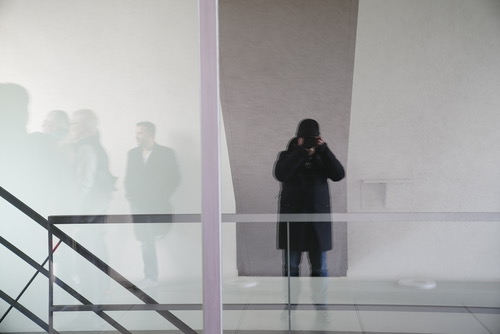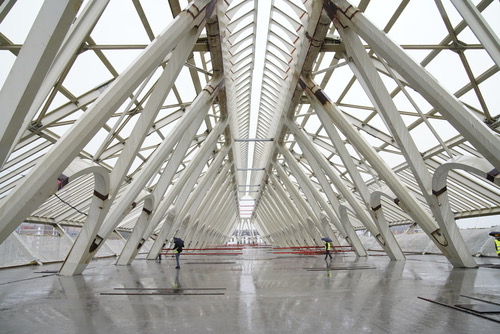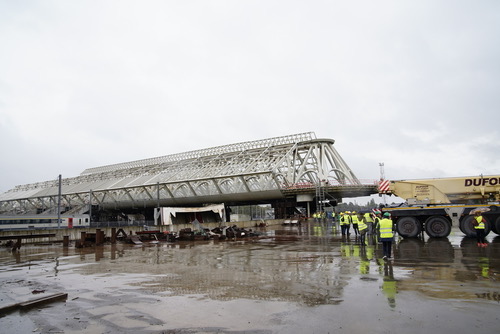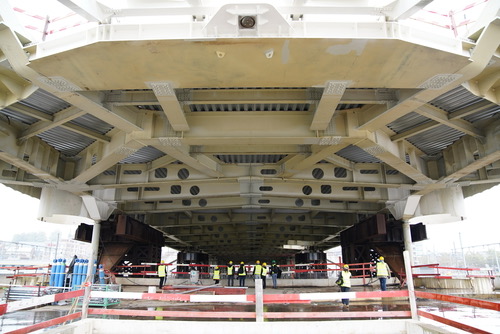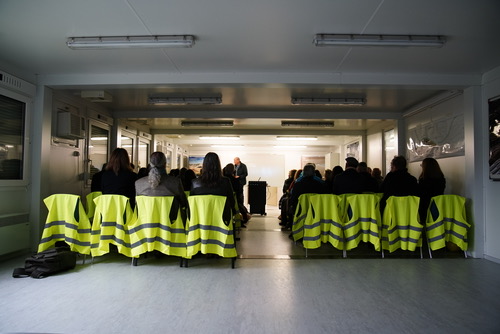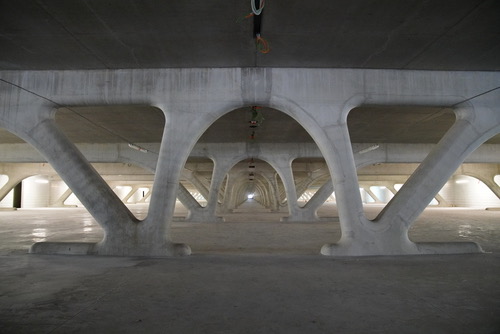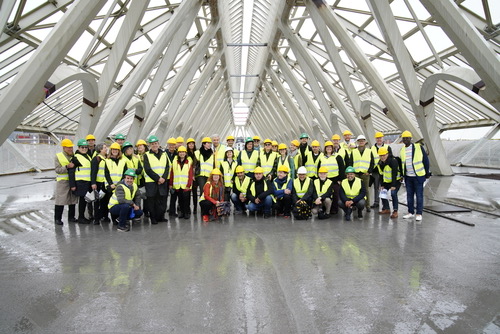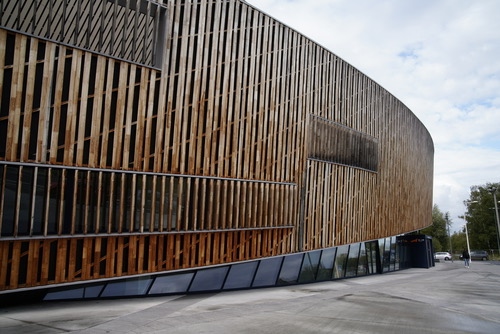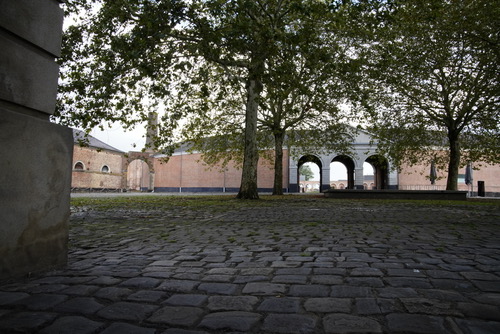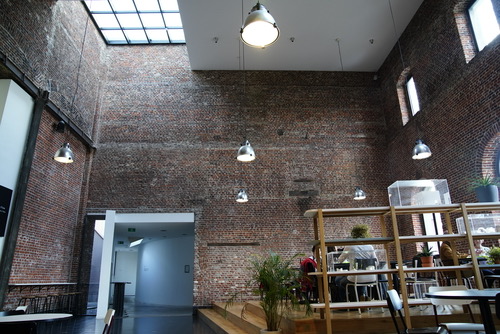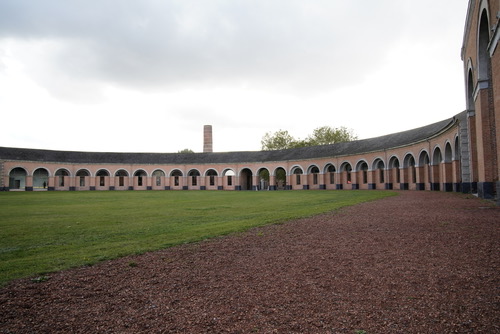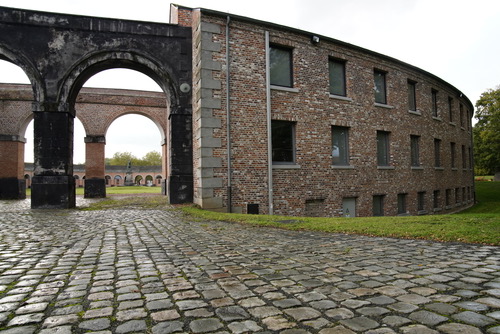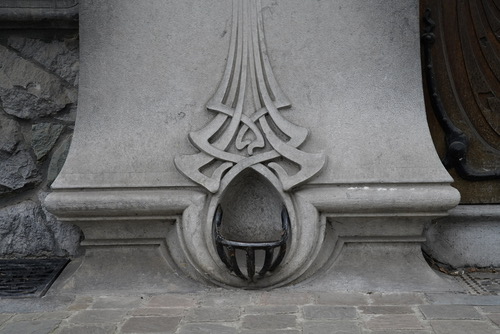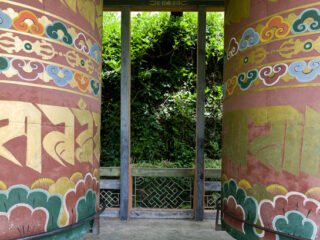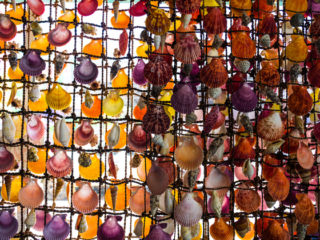Santiago Calatrava
Sunday October 6th, 2019. Fourth and last day of the conference, at 10am, we left the Hotel Metropole headed to Mons with approximately 1-hour bus ride to visit the site still under construction of the new train station. Santiago Calatrava was commissioned to design the new multi-modal station and its surrounding infrastructure after winning the design competition in 2004.
The new station’s gallery, bridging over the track sand platforms, will link two currently disconnected and distinct areas of the City of Mons: the less dense residential area in the north with the historic city in the south. The participants had a lectured and a tour of the construction site with a representative of the Owner (Eurogare) and a representative of the Contractor.
The inclement weather did not discourage the brave architects to visit this beautiful project.
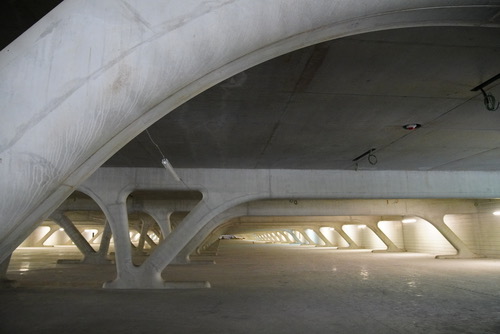
We learned about the challenge of how this train station is being built over the existing railroad tracks even though at the same time, the existing train station remains in operation as well as the train traffic underneath the new structure. It was very interesting to understand the architect’s design process, and what were the architectural, functional, technical and budgetary prerequisites. Under the rain, everyone joyfully gathered to take the Conference group photo.
At the end of the site visit, it was time for a nice and relaxing lunch hosted at Hotel Vandervalke, just beside the Mons Congress Center designed by Daniel Libeskind.
After lunch, in front of the Congress Center, it was farewell time for several people having early flights home. Following hugs, hands shakings and promises to see each other’s at the next conference, the remaining group of attendees headed by bus to Grand-Hornu site and Museum for a presentation and 1-hour guided tour.
This site is located in the heart of the Province of Hainaut, a short distance from the cities of Mons and Valenciennes, Grand-Hornu is one of the finest examples of neoclassical industrial heritage in Europe. This monumental complex was built in the 19th century by Henri Degorge, a French entrepreneur who was tempted by the coal mining venture. In the early 1990s, the Belgian French Speaking Community’s decision to establish its future Museum of Contemporary Arts at Hornu ensured the completion of Grand-Hornu’s renovation. Developing the Museum guaranteed that the remaining part of the site would be refurbished.
Since September 2002 and the opening of the Museum of Contemporary Arts at Grand-Hornu, the site is once more open to visitors in all its splendor.
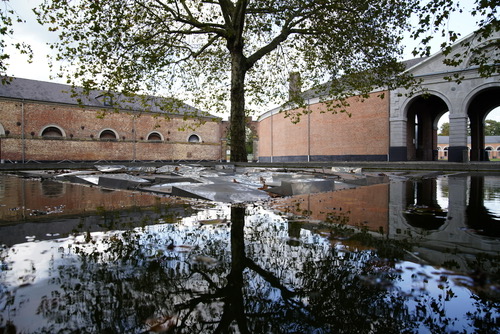
During the visit, the participants learned about how the adaptive re-use of a former and derelict landmark was initiated, what were the cultural objectives, and what were the construction challenges of renovating the site. Then, how the new museum was incorporated into an existing wing of the site, what was the design intent, and challenges concerning light, exhibit space, circulation.
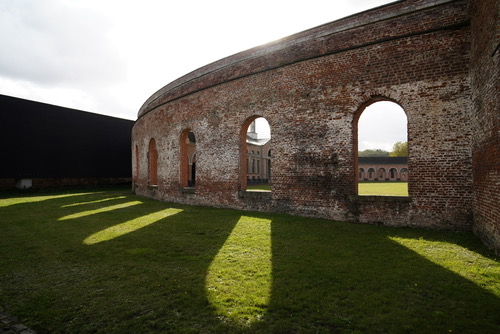
The bus returned the remaining participants back to Brussels, concluding the conference.
Ooops! At the Contemporary Museum I couldn’t resist … to make a selfie!
